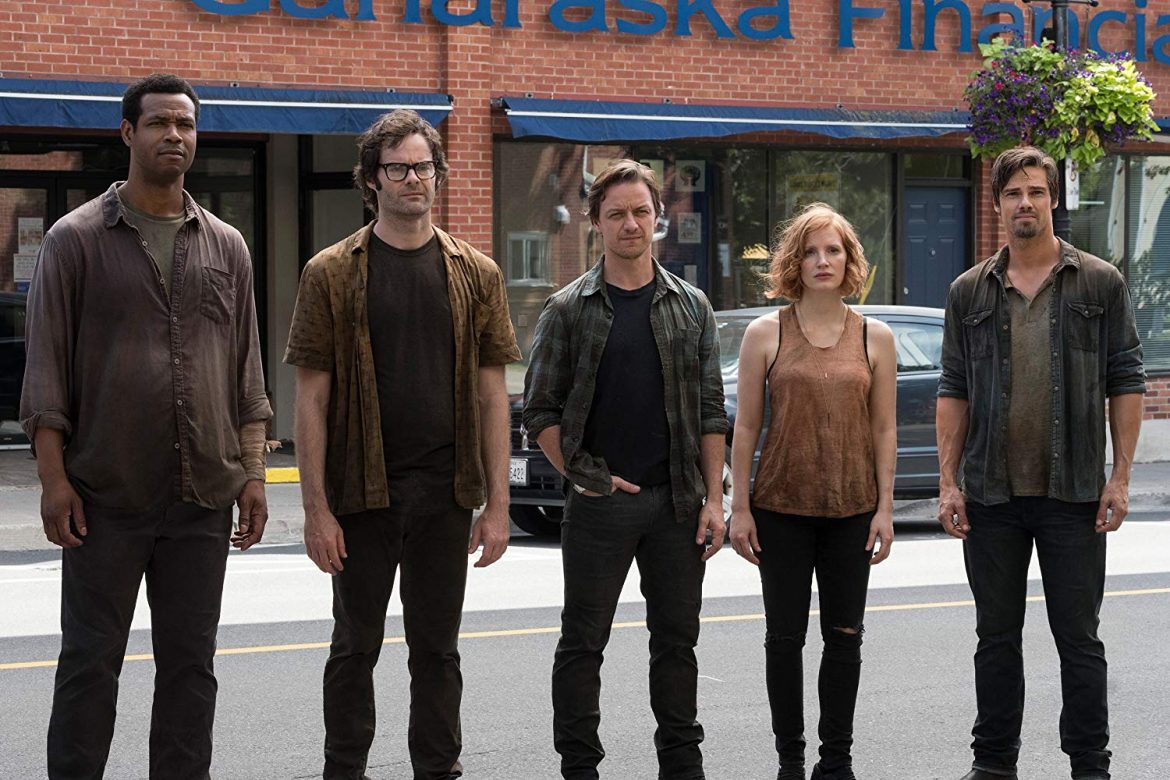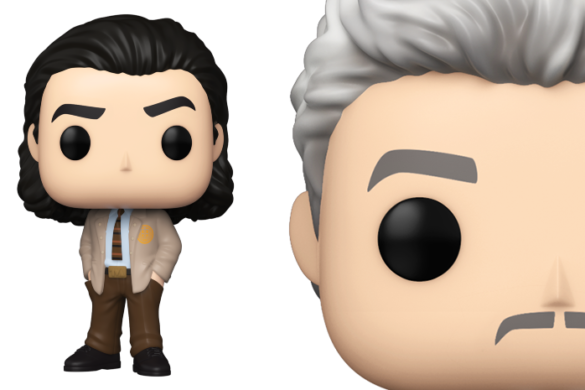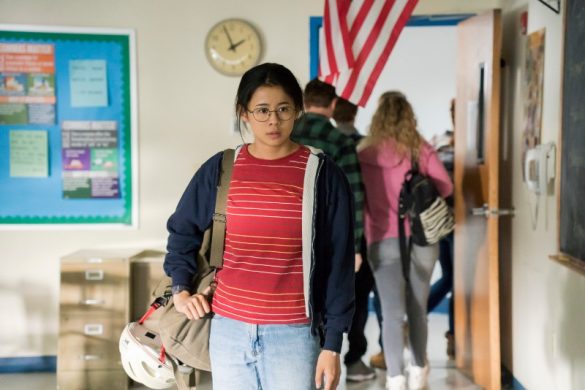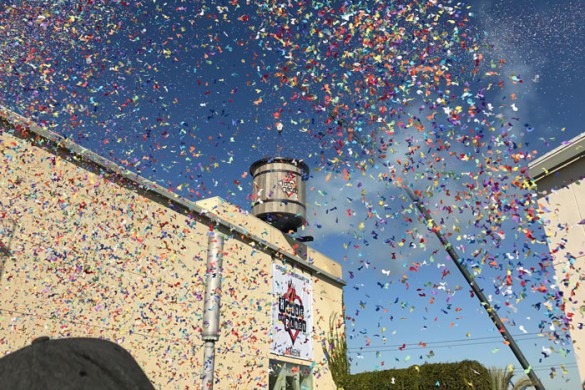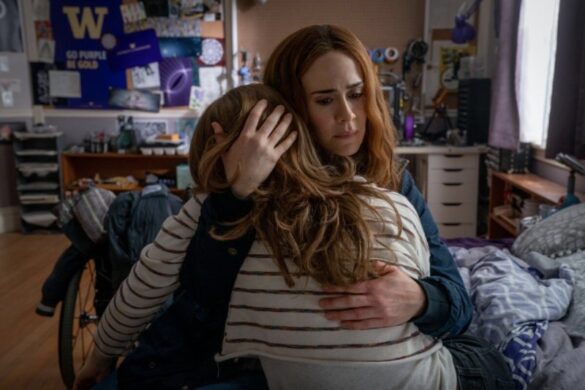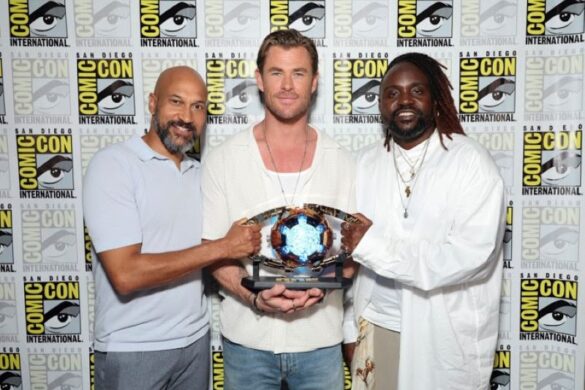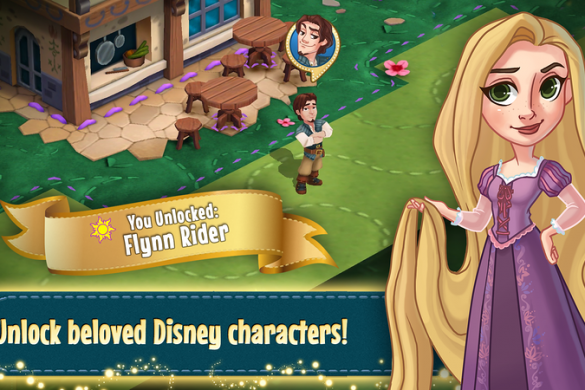There is always this expectation for the sequel to be bigger and better than its predecessor. That is especially true for highly anticipated films like Andrés Muschietti’s IT: Chapter Two, the conclusion to the film adaptation of Stephen King’s epic novel of the same name. While it doubles down on the frightening powers that Pennywise possesses, it lacks all of the charm and chemistry the first had.
Taking place 27 years after the first, a much older Mike Hanlon (Isaiah Mustafa) chooses to stay in Derry, Maine and awaits the return of the shape-shifting malevolent presence known as Pennywise (Bill Skarsgård). When he finally strikes, Mike calls upon the members of the Losers Club to return home. Bill Denbrough (James McAvoy) is now a successful author and screenplay writer, Beverly Marsh (Jessica Chastain) is now married but is in a toxic relationship, Richie Tozier (Bill Hader) is a standup comedian, Eddie Kaspbrak (James Ransone) is a risk assessment agent, and Ben Hanscom (Jay Ryan) is a very successful architect.
Though the group is reunited, they do not know how to vanquish the evil that has haunted Derry for so long. That’s because the further they move away from this cursed town, the less they remember about their encounter with Pennywise. So Mike does all he can to convince them to stay. And with a little help from Bill, they do. Unfortunately, the only way to fully stop Pennywise is to retrieve personal and meaningful tokens, on their own. This will only increase their chances of running into Pennywise, who is lurking around and waiting to kill those who got away from him. He recruits the help of an older Henry Bowers (Teach Grant) who is committed to an insane asylum.
As the members of the Losers Club search for these tokens, past haunts and terrors they thought they’ve put behind them come crawling back to the surface thanks in no small part to Pennywise who does all he can to open old psychological wounds.
One of the major problems of the film: the splitting of the group. Much of what made the first so successful with both critics and audiences, alike, is the fact that it was all about the kids, specifically, the group. Though it was sold to us as a horror, what it was is a coming of age film that saw a group of pre-teens fight against Pennywise, who has been stealthily killing off the citizens of Derry. Sure, there was a moment where there was a rift in a group, but they were able to reconcile their differences and come together as a united front to defeat Pennywise.
So there was no real need to resort to flashbacks or do a deep dive on any members because we got to see a glimpse of who they were at the start and who they will eventually become after they defeat Pennywise. But the same cannot be said for IT: Chapter Two, which uses flashbacks to remind us of who these kids were. It’s not like we don’t know who they are. There may be a repetitive nature to some, as it merely recalls previous traumas like Bill remembering that Georgie died, or how Eddie panics whenever he sees the Leper. Although, some are new like Ben looking back at summer school, or how Ritchie was bullied. As wonderful as it was to expand on some of these characters, these flashbacks merely just pad out the already long 162-minute run time.
With so much time at their disposal, one would hope that it would give the film enough opportunities to re-establish some of that chemistry between certain characters. However, that too fails to crossover from the first to the second. At times, it feels like some of the characters are part of a completely different film, while Hader can sell the idea that he is Ritchie.
Much of the flashbacks that are seen are repetitive, and even if they lived through these traumas as kids, they just retread on old haunts when they are adults. At times, this feels a little bit lazy as it tells us a lot about what we already know. This only extends IT: Chapter Two to be much longer than it should be. To make things even more complicated is the fact that some of the newer and never before seen material, rewrites the IT’s history. Watching the original before going in to watch the sequel is highly recommended, as it will help remind you of what is canon, and should it deviate, it will how Gary Dauberman’s script its retconning.
Additionally, the search for these tokens just makes IT: Chapter Two even more lengthy. It takes far too long to get to certain points of the story. Though some of these flashbacks are meant to help the audience reconnect with some characters while also reintroduce the fears and traumas they thought they left behind. No matter how scary those reintroductions are, it doesn’t help that we already know so much about these characters.
Furthermore, because these characters are separated, it gives the film the chance to retell their stories, individually. Not only does that just add to the runtime, but it also mucks up the film’s tone and pacing. Things that would have been whittled down to sizable chunks, aren’t.
That being said, there are some bright spots for the film. That comes from the shapeshifting Pennywise, who often takes the form of the terrifying clown that we saw from the first, but can take other forms as well depending on the situation or just how he wants to terrorize members of the Losers’ Club. IT: Chapter Two doubles down on all the horror aspects that made the clown so terrifying it. Kills are more vicious, jump scares are effective due to patience and building tension, and the threat of a killer clown continuously looms as it waits for its next victim.
And his presences fits in well with a lot of the set pieces as Pennywise can choose his form to scare his victims. Whether it means taking the form of a clown who searches for kids or people like the leaper that follows Eddie or an elderly woman who may or may not have a connection to Pennywise. We know that he is lurking out there, and could appear at any time, and when he does, it’s a disturbing delight.
For all of the problems that IT: Chapter Two may have, Hader and Skarsgård help the keep the film from completely sinking. It doesn’t quite live up to the expectations or the hype that was set by its predecessors, mostly because the group is separated for some weak reason. And a lot of the charm and chemistry from the children did not carry over from the first to the second. It often feels like some of these characters ARE working on their own.
It would have been a much better sequel had it been from Ritchie’s perspective. That’s mostly because Hader brings in his comedic sensibilities to alleviate a lot of the film’s darkness. And it is a darkness that can feel frightening thanks in no small part to Skarsgard doubling down on Pennywise’s scariness.
So even with all of those flaws working against it, there are still some things to like about it, and some things that will keep us scared. It just so happens that it far too long for the Losers Club to get to the end.

